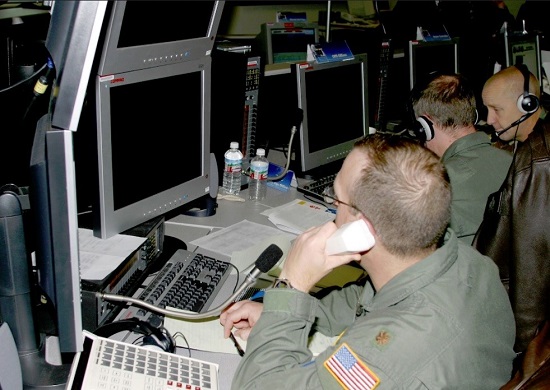Charles River Analytics, a developer of intelligent systems solutions, announces a follow-on contract to develop behavior modeling capabilities for the Missile Defense Agency (MDA). The Modeling Operator Reasoning and Performance for Human-in-Control Simulation, or MORPHIC, effort provides tools for missile defense operators to create models of human behavior. The two-year contract is valued over $875,000.
“The missile defense community relies on using models and simulations for a variety of applications such as testing, training, exercises, wargaming, and future concept analysis,” explained Brad Rosenberg, Principal Scientist at Charles River and the Principal Investigator for the MORPHIC effort. “However, there is a huge gap when it comes to modeling human behavior in those systems. Human operators are core to the integrated ballistic missile defense system, so it is vital to understand the impact of differences in human operator behavior in various situations. Under the MORPHIC effort, we are providing tools to construct, adapt, and execute human behavior models within simulations.”
Charles River is incorporating AgentWorks into its approach in the MORPHIC effort. AgentWorks is a graphical development and run-time environment that enables non-technical experts to rapidly develop and execute interactive behaviors for intelligent entities in simulated environments. AgentWorks has been successfully applied to other efforts for the DoD. In the Culturally Aware Agents for Training Environments (CAATE) effort, it was used to develop tools to rapidly and cost-effectively create training applications for Soldiers that teach them mission-critical social and cultural skills.
“AgentWorks’ extensible, component-based modeling paradigm enables us to represent a breadth of operator decision-making behavior, scale to deliver models at appropriate levels of fidelity, and be extensible to future operator needs,” Mr. Rosenberg added. “By providing tools for non-technical experts to build and adapt new models of human behavior, the missile defense community benefits by reducing the time and cost typically needed for these tasks.”
MORPHIC will provide tools for missile defense operators to create models of human behavior (image courtesy of the MDA)
MORPHIC is one of many efforts Charles River has developed for the MDA; other efforts include:
- Sensor Network Optimization using Multi-Agent Negotiation (SNOMAN) – an approach that improves sensor performance for missile defense by treating sensors like buyers and sellers in a virtual market.
- Simulation Optimization Engine (SIMON) – a strategic planning decision-support tool that automates the exploration of numerous possible decision options through a combination of simulation and optimization.
- Fusion of IR and Radar for Enhanced Threat Recognition and Interception (FIRE-TRAIN) – methods to improve Aegis Ballistic Missile Defense by identifying and intercepting valid targets while providing a framework to assess and improve system performance.
- Intelligent Simulation Techniques for a Realistic, Unified Command and Control Training System (INSTRUCTS) – an open, flexible training simulation system to enhance training for missile defense operators.
The MDA has featured Charles River’s efforts in their publications, including “Optimizing Networks and Resources” in the report Building on Our Strengths, and “The Optimization Game” in the technology transfer newsletter TechUpdate.
This material is based upon work supported by the Missile Defense Agency under Contract No. HQ0147-14-C-7714. Any opinions, findings and conclusions or recommendations expressed in this material are those of the author(s) and do not necessarily reflect the views of the Missile Defense Agency. Approved for Public Release 15-MDA-8141 (26 February 15).

